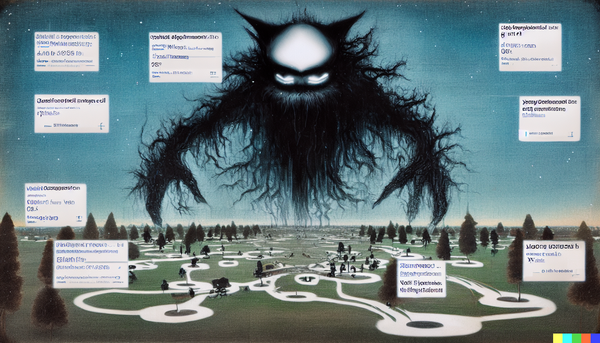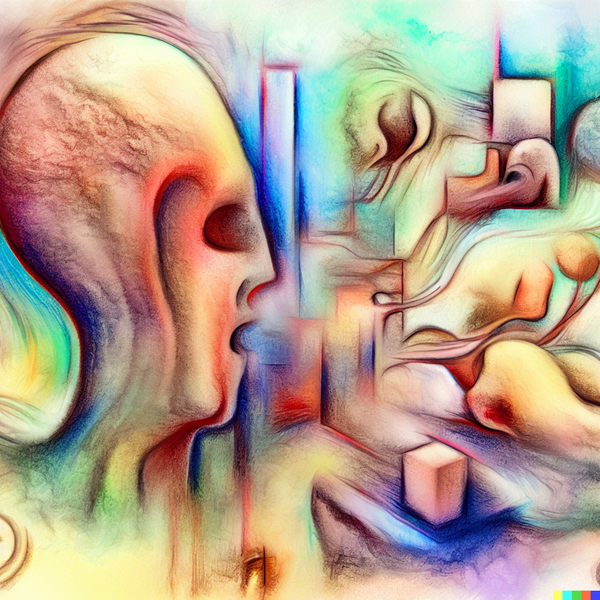content-creation
Running a Zero Waste Flywheel
Put your dollars to work!
content-creation
Put your dollars to work!

instabram
The deadliest boss in Elden Ring, Git Submodules, Black Mirror WoW HC, Zoom Calls in 2033 will still suck, Patreon vs VC rant, a park that looks like a fish

open-source
Can Patreon help sustain open source projects financially?
entrepreneurship
to gain fans who are willing to pay $1,000 a year—no small sum—creators need to offer a step-function increase in value. The recipe, then, is to go niche and to tap into users’ desire for results. Practically, what does that look like? It means providing differentiated content,
entrepreneurship
If you can make one heap of all your winnings And risk it on one turn of pitch-and-toss, And lose, and start again at your beginnings And never breathe a word about your loss; (Location 871) pretty much the opposite advice of Taleb and Naval: The one thing you have
obsidian
I know writing journals is helpful to keep track of salient thoughts and information, but writing in them with a pen is just not for me. My carpel tunnel can’t stand working with it, and with the blindness as a cherry on top, it turns out horribly. (View Highlight)
entrepreneurship
“Money is a neutral indicator of value. By aiming to make money, you’re aiming to be valuable.” (Location 1585) “If you’re struggling to raise money for an idea, or are thinking that you will support your idea with unrelated work, then you need to rethink the idea.” (Location
entrepreneurship
The problem, however, is that blogging in the advice space—where his site existed—is not an auction market, it’s winner-take-all. The only capital that matters is whether or not your posts compel the reader. (Location 1155) The best advice, the best piano player, the best dancer. These are
ai
Have you ever been to a party or gathering and been seated next to someone who just spends the whole night talking about themselves? It gets old pretty fast. You keep giving half-hearted smiles and polite nods but your mind is elsewhere, and that exit sign is calling your name.
entrepreneurship
Early-stage companies are obsessively focused on growth,[1] usually at the expense of retention. That methodology is backwards, because retention should be the north-star metric of any early-stage product. If someone builds a great product that users keep coming back to, it will be easy to figure out how to
entrepreneurship
Perfect is the enemy of shipped. Creating the perfect feature indicates making lots of assumptions without gathering user feedback and data, and will take significantly more time. Are you continuing to work on features that are polished enough to put in front of a few customers now and get feedback?
biology
#ExplosiveGrowthTip 4: First-mover advantage is useless if the timing isn’t right. Have you thought about ideas, products, or features that failed in the past—simply due to being too early—that may work now? (Location 365) If you're not embarrassed by the first version of your product,